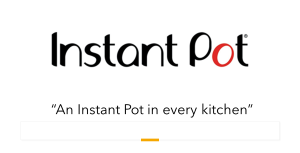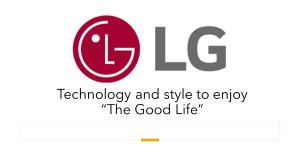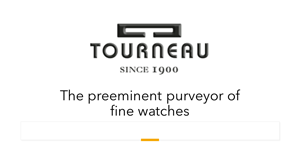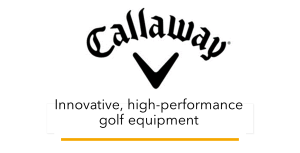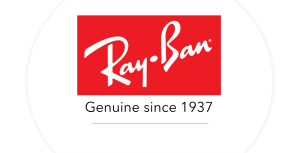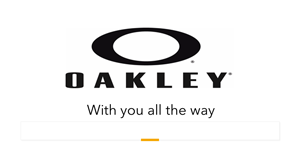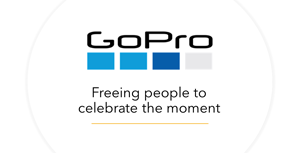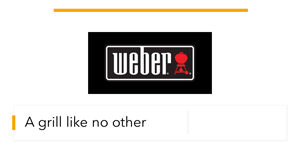U.S. ISO Committee Approves EEA Proposal to Create Employee Engagement Standards
In a move that one day could have significant impact on business practices both in the U.S. and worldwide, a recommendation by the Enterprise Engagement Alliance to the International Organization for Standardization (ISO) to create formal standards on employee engagement was approved by the U.S. Technical Advisory Group. While there remain two critical steps to gain approval that are likely to take a full year, Lee Webster, Director of Employee Relations at the University of Texas Medical Branch, says he is optimistic that the project will be approved at the ISO meeting in September of 2017.
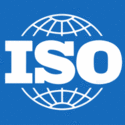 Webster said that creation of formal employee engagement standards could one day have a significant impact on business worldwide, as a growing number of organizations recognize the importance of attracting and retaining talent and the connection between employee engagement and customer satisfaction. Employee engagement practices would get an additional boost if the Technical Advisory Group (TAG) that manages the ISO 9001 quality standards eventually decides to include employee engagement in those standards, explains Webster. He says that the ISO 260 Committee is ready to coordinate with the ISO Technical Committee 176 when it formally takes up the issue and believes such standards also could potentially be incorporated into standards being created for the healthcare industry.
Webster said that creation of formal employee engagement standards could one day have a significant impact on business worldwide, as a growing number of organizations recognize the importance of attracting and retaining talent and the connection between employee engagement and customer satisfaction. Employee engagement practices would get an additional boost if the Technical Advisory Group (TAG) that manages the ISO 9001 quality standards eventually decides to include employee engagement in those standards, explains Webster. He says that the ISO 260 Committee is ready to coordinate with the ISO Technical Committee 176 when it formally takes up the issue and believes such standards also could potentially be incorporated into standards being created for the healthcare industry.
Webster reported that while there was no general opposition at the ISO plenary session to the concept of the employee engagement standards project, the United Kingdom was the only other country that independently raised the issue at the meeting. “There is still a lack of understanding about the concept of employee engagement around the world,” says Webster. In fact, one of the first standards issued by ISO 260, Human Resources Terminology, a glossary of standard human resources terms, included the terms performance management, organizational values, diversity, diversity management, inclusion and job satisfaction, but did not include such terms as alignment, employee engagement, incentives, or recognition. “The employee engagement field is new,” Webster notes. “Given the amount of developments in human resources, I suspect the terminology standard will be one of the most frequently updated standards produced by this committee.”
As reported in a recent article in ESM at EnterpriseEngagement.org, ISO Technical Committee 260, which now has 24 participating countries, seeks to “assist organizations in aligning and streamlining their human resource management (HRM) practices…The member companies are chartered with the task of developing a collection of human resource management standards that will offer broad, coordinating guidance to human resources practitioners to the benefit of organizations and their stakeholders.”
In fact, the Technical Committee 260 released its first formal standards at the most recent ISO conference in Singapore. See the ESM article, ISO Issues First Human Resources Standards.
The next step for the development of employee engagement standards is the approval of the international ISO Technical Committee, which will require another year and a multi-step process in order to complete. The process includes preparation of a formal recommendation to the International Technical Committee, which will be submitted by the end of this year, says Webster. The International Technical Committee will take another four months to approve it, and the final approval of the working group to administer the process will not occur until the next ISO plenary meeting in September of 2017.
Webster says he believes that it’s important for the United Kingdom’s TAG 260 to play a leading role, given the U.K.’s leadership in this space and the importance of having multiple countries involved with emerging concepts such as employee engagement.
He notes that it usually takes three years to create and finalize a standard, but there’s nothing to stop an ad hoc group from getting started earlier. “Anyone doing so would have to realize their efforts would be considered by the working group, but would have no official ISO sanction, and that the contributors would eventually have to officially join the U.S. TAG 260 or a subgroup to participate in the formal process.”
Webster believes there’s an important role for free enterprise to play worldwide to ensure that standards get applied. “The first ISO quality standards that came out decades ago were almost completely unused for years,” he says. “Then, with the rise of experts like W. Edwards Deming and the success of the Japanese automobile makers, everyone started looking for standards they could apply.”
“An entire industry of businesses worldwide has emerged to help organizations comply with ISO 9001 standards, and the same could happen in the area of Human Capital as a result of the activities of the Technical Advisory Group 260,” Webster adds. The impact in the field of quality management, he says, is evident in the large number of companies seeking to comply with the standards and the number of companies selling audit and compliance services.
According to Wikipedia, there are over 1.4 million companies with ISO 9001 certification, of which about 25,000 are in the U.S. The countries of China, Italy, Russia, Spain, Japan, Germany and the United Kingdom rank ahead of the U.S., in that order.
Someday, Webster says, human capital standards could have similar adoption rates, and tens of thousands of companies will require audits and training. He points out that while ISO has standards for audits and certifications, it does not itself conduct such audits or certify the practitioners that audit, or manage compliance with 9001 standards. He believes that his organization, the University of Texas Medical Branch, can eventually serve as an accreditation service to ensure that companies receive certification from organizations that themselves are properly certified, adding that ISO already has standards for certification processes.
The EEA employee engagement work proposal that was approved was formally entitled Standards for the implementation of engagement strategies and tactics to foster the proactive involvement of the employees critical to achieving key organizational goals on a sustainable basis. (In French: “Normes pour la mise en oeuvre de stratégies et tactiques d’engagement pour encourager la participation proactive des employés, essentielle à la réalisation des objectifs organisationnels clés sur une base durable.”)
The EEA’s recommendation for employee engagement standards that was approved read: “Based on extensive research and information already in the public domain, this initiative seeks to create a set of standards which can be used as a model for organizations to formally integrate current practices for engagement, such as leadership development, employee and engagement assessment, recruitment, learning, communications, rewards and recognition, return on investment measures, etc., along with analytics, into a set of practices to achieve measurable goals and insights.”







